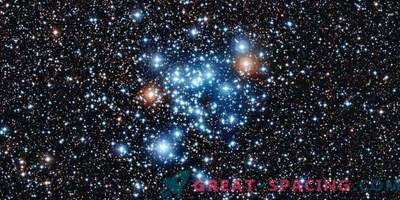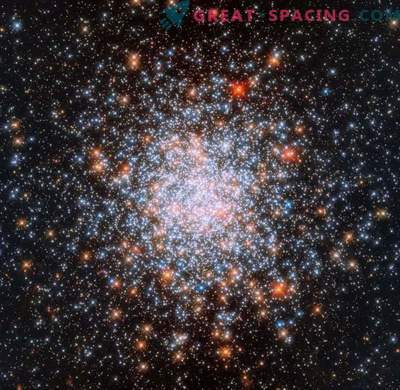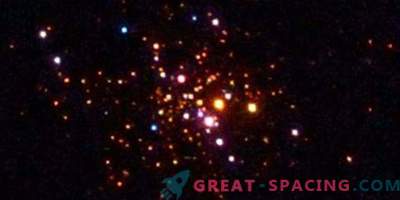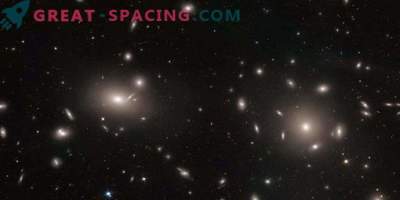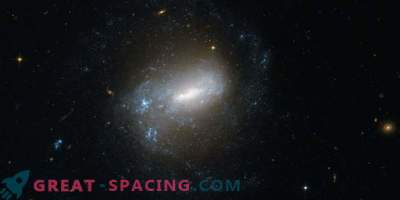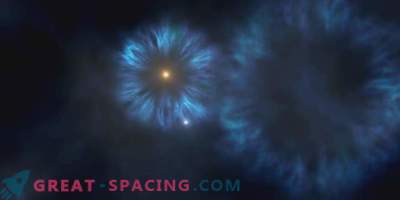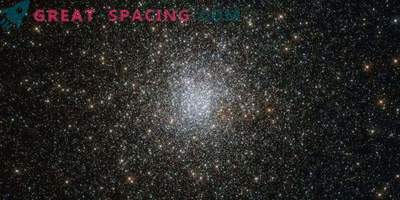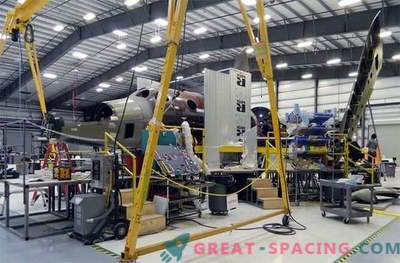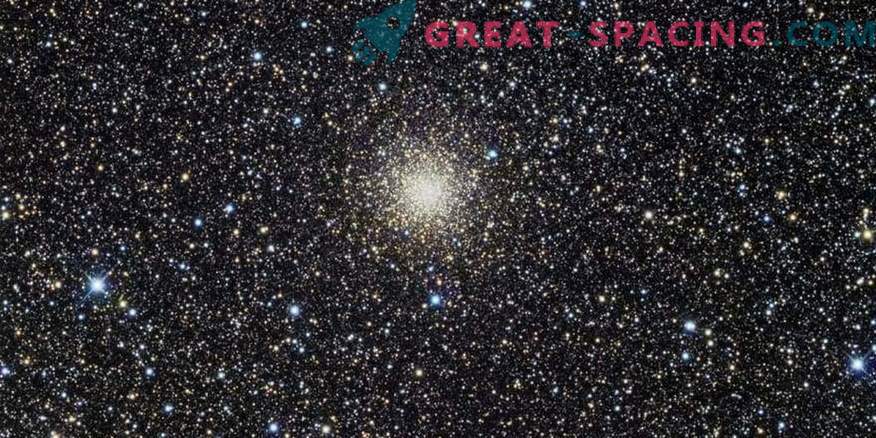
A digitized photograph of a 10 ′ * 10 ′ sky survey focused on NGC 5927. The locations of the spatial distribution of the 7 stars studied are green.
Scientists conducted a chemical analysis of the ancient metal-rich clusters of ball type NGC 5927. It was possible to derive an abundance of 22 elements in 7 giant stars.
NGC 5927 was found in 1826. This is a cluster of globular type, located near the galactic plane at a distance of 7700 light years from us. It is considered one of the most metal-rich clusters in our galaxy. Age - 12.25 billion years.
Such large structures are important to study because they are the oldest objects in space. It helps to study the processes of stellar evolution. NGC 5927 is believed to have formed at the early stages of the Milky Way’s development, and therefore provides valuable information about chemical processes. The researchers obtained high-resolution spectra using a FLAMES / UVES spectrograph at the UT2 telescope of the European Southern Observatory (Chile). The analysis showed the presence of 22 substances with the presence of iron, sodium, oxygen, aluminum, as well as zirconium and yttrium. There are also a huge number of stellar populations with oxygen-sodium anti-correlation and moderate aluminum distribution.
The cluster has an average metallicity of -0.47 dex, which converges with the indicators of globular clusters in the galactic bulge. It was also possible to confirm the correlation of sodium-aluminum, but revealed no evidence of anti-correlation of magnesium and aluminum.
The researchers did not notice the significant spread of heavy elements of the s-process, which contradicts the theory that asymptotic giants pollute second-generation stars. Chemical composition of NGC 5927 resembles NGC 6440 globular cluster.


